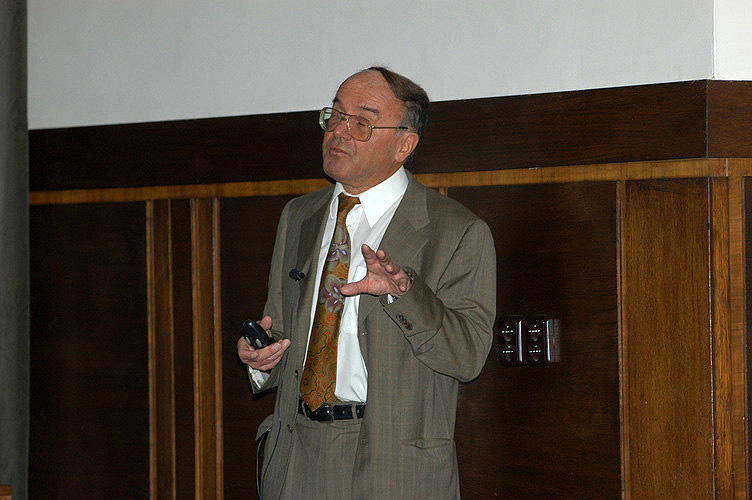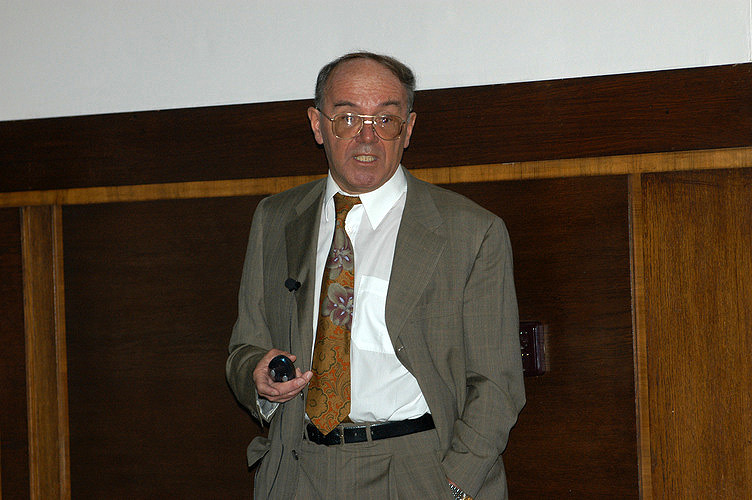
Prof. Erik De Clercq (Katholieke Universiteit Leuven, Belgie)
The Acyclic Nucleoside Phosphonates (ANPs) Past, Present and Future
Abstrakt
The acyclic nucleoside phosphonates (ANPs) were discovered in 1986, ten years after I started (what later would appear to be) a most successful collaboration with Dr. Anthonin Holý (Institute of Organic Chemistry and Biochemistry, then Czechoslovak Academy of Sciences). This collaboration led to the identification of a number of ANPs, three of which have now entered the pharmaceutical market: (i) cidofovir, which has broad-spectrum activity against a wide variety of DNA viruses such as herpesviruses [herpes simplex virus (HSV), varicella-zoster virus (VZV), cytomegalovirus (CMV), …], papilloma- and polyomaviruses, adenoviruses and poxviruses (variola, vaccinia, cowpox, molluscum contagiosum, orf) and which has been specifically approved (Vistide®) for the treatment of CMV retinitis in AIDS patients; (ii) adefovir, which has been approved in its oral prodrug form (adefovir dipivoxil, Hepsera®) for the treatment of chronic hepatitis B virus (HBV) infections; and (iii) tenofovir, which has been approved in its oral prodrug form (tenofovir disoproxil fumarate, Viread®), for the treatment of HIV infections (AIDS); the latter has also been marketed (TruvadaTM) in a fixed dose combination with emtricitabine. From a mechanistic viewpoint, all the ANPs act in a similar fashion: following the intracellular phosphorylation (by cellular kinases) to the diphosphate form, they are incorporated into the viral DNA, leading to an obligatory chain termination. Their unique antiviral properties are inherently linked to the presence of the phosphonate moiety which make this class of compounds quasi resistant to the action of hydrolases (i.e. esterases and exonucleases). As the result of the unabated collaboration between Dr. Holý’s group and ours, we have recently discovered a new class of “open-ring” ANPs, namely HPMPO-DAPy, PMEO-DAPy and PMPA-DAPy, that show marked activity against pox-, adeno- and papillomaviruses, on the one hand, and HIV and HBV, on the other hand. The therapeutic potential of these “new” ANPs, as compared to that of the “older” ANPs, remains subject of further studies.







